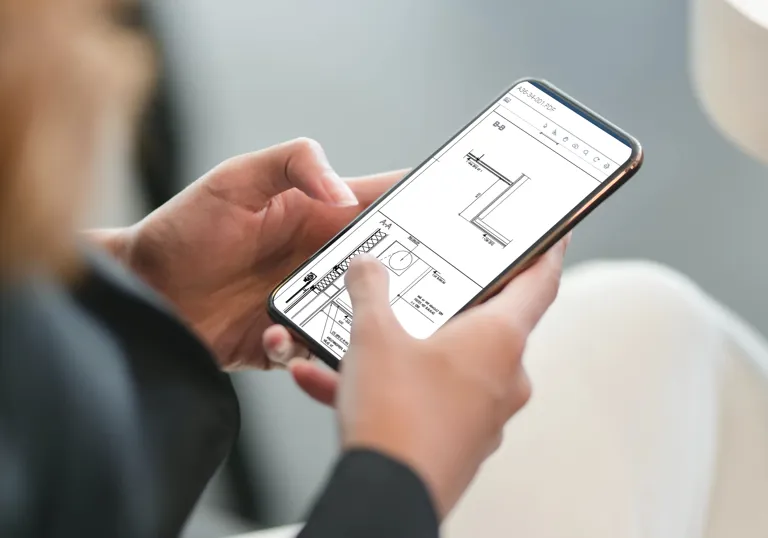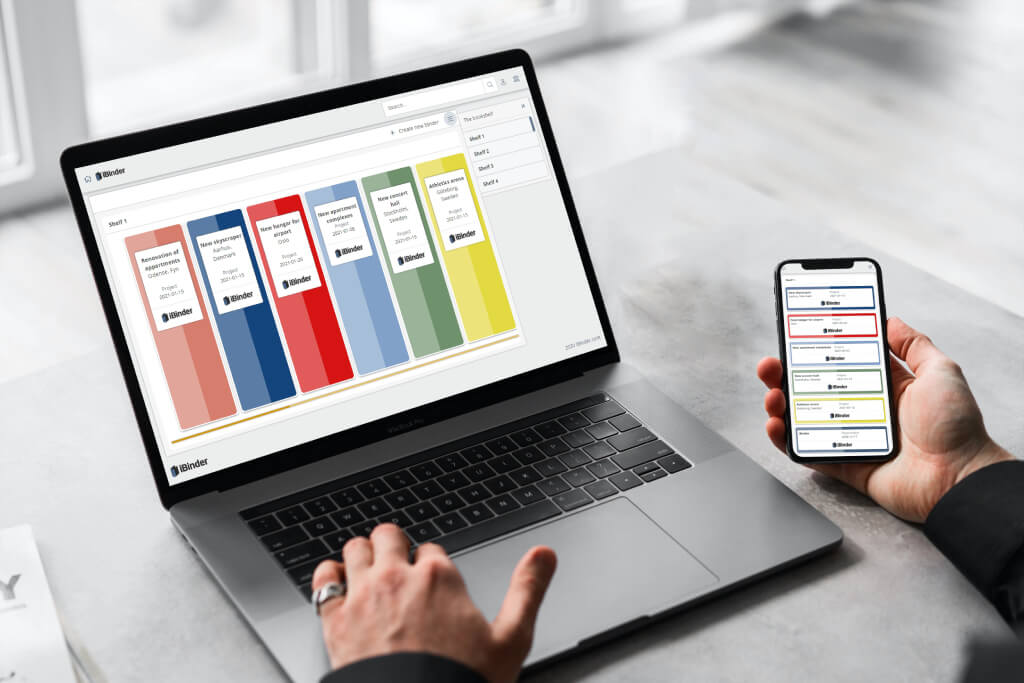Mobile-First Construction Management
Mobile technology has transformed countless industries, and construction is no exception. Once considered slow to adopt digital solutions, construction teams are now increasingly reliant on mobile devices for accessing plans, logging site observations, coordinating tasks, and approving changes—often in real-time.

According to a 2020 report by JBKnowledge, over 92% of construction professionals use smartphones daily on the job. Tablets and mobile apps are becoming core tools, not just accessories. For project managers, property owners, and contractors, going mobile-first is no longer an experiment—it’s an operational imperative.
The Shift to Mobile in Construction
The complexity of modern construction projects—combined with the need for speed, compliance, and coordination—demands more agile communication and access. Mobile-first platforms empower teams to:
- Access updated drawings and documents on site
- Report issues or safety concerns with photos
- Receive instant updates or task assignments
- Approve RFIs and changes without waiting for office hours
This real-time access improves decision-making and eliminates the communication gaps that lead to errors and rework.
Benefits of Mobile-First Workflows
Mobile-first management has clear advantages across the project lifecycle:
- Faster response times: Less downtime waiting for approvals or information
- Improved accuracy: Photos, voice notes, and digital checklists enhance clarity
- Reduced paperwork: Site inspections, punch lists, and delivery notes are digitised
- Higher productivity: Teams spend less time searching for information or travelling
The result is not just operational efficiency, but a safer, more compliant, and better-documented project delivery process.
Designing for Mobility
To successfully go mobile, tools and workflows must be designed with the user experience in mind. Mobile-first design means:
- Intuitive interfaces suitable for use in outdoor or low-connectivity environments
- Fast loading times and offline functionality
- Seamless syncing across devices
- Push notifications for time-sensitive updates
Platforms must meet the practical needs of site personnel, not just office users. That includes the ability to capture data easily, navigate large document libraries, and communicate clearly with all team members.
Use Cases: Mobility in Action
Consider a site engineer uploading photos of unexpected ground conditions directly to the shared project platform. The project manager, even if offsite, is notified immediately and can approve a revised plan within minutes. No delay, no rework, and the documentation is automatically saved and versioned.
Or take a property manager performing an inspection. Using a tablet, they can walk through the building, complete a checklist, attach images, and send a digital report before leaving the site. These use cases reflect the power of mobility to streamline everyday processes.
Sources
- - JBKnowledge Construction Technology Report (2020): https://jbknowledge.com/contechreport
- - McKinsey Digital Construction Insights: https://www.mckinsey.com/business-functions/mckinsey-digital/our-insights/digital-reinvention-in-construction
- - Autodesk Construction Cloud: https://construction.autodesk.com/
Why Choose iBinder
-
Full mobile access to project folders and documents
-
Real-time notifications and updates on any device
-
Easy uploading of site photos, checklists, and comments
-
Seamless collaboration between on-site teams and office stakeholders

How iBinder works
iBinder is a cloud-based platform that helps the construction and real estate industry better manage information and documentation about their properties.
